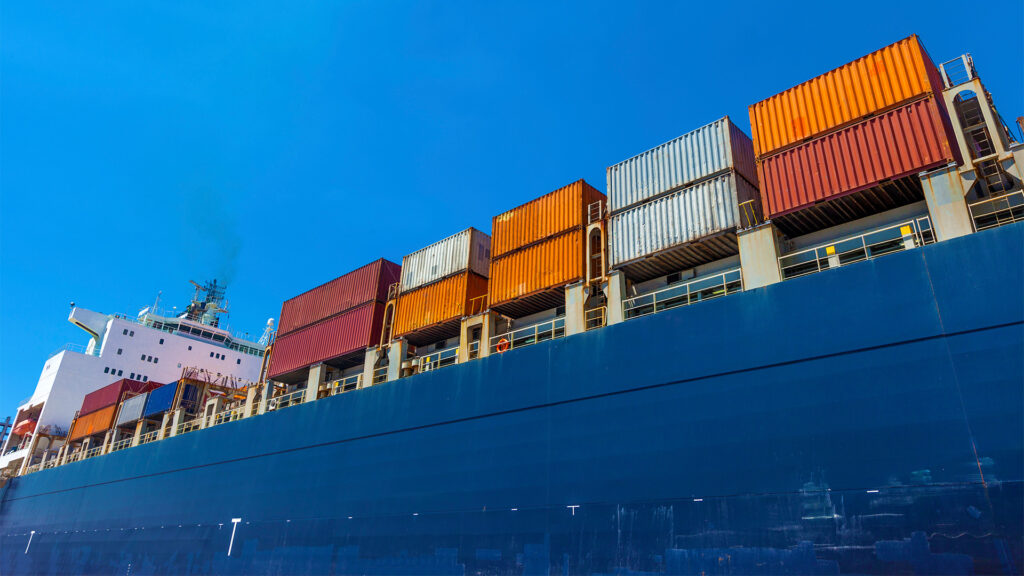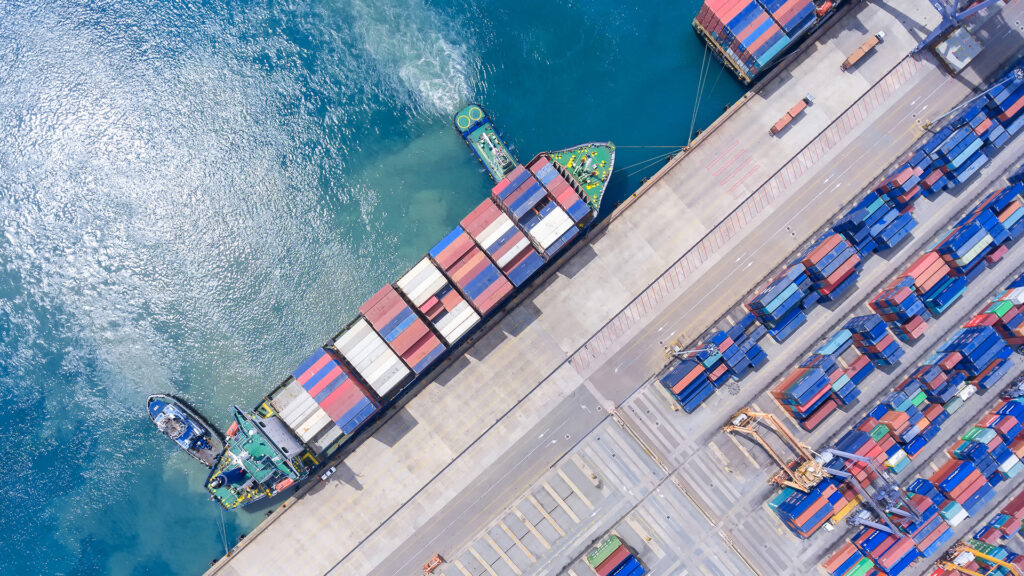The meaning of P3
Since the announcement in June 2013 of a proposed global operational alliance (the P3 Alliance) between Maersk Line, Mediterranean Shipping Co and CMA CGM (the P3 Partners), and in anticipation of any further details, there has been much speculation within the industry relating to the form and substance such an alliance would take and the effect that it would have on both port and terminal operators and the industry at large.
This article first appeared in the November 2013 issue of Port Strategy and is reproduced with permission. www.portstrategy.com
It is understood that the P3 Alliance will cover the Asia-Europe, the transpacific and the transatlantic trade lanes and would be managed by an independent joint venture vessel operating company.
The rationale
One of the primary objectives of the proposed P3 Alliance is rationalisation – an improvement of the P3 Partners’ operational efficiencies and vessel capacities.
The P3 Partners have indicated that, as a part of this process, there will be a rationalisation of port and terminal calls, although at this stage it is not known which ports and terminals will be jointly selected by the P3 Partners or how they will be selected.
Whereas there will obviously be a number of commercial considerations for the P3 Partners when making any such selection (such as quayside operations and capacity, improvements to vessel turnaround and intermodal connections to hinterland depots), the P3 Alliance and, in particular, the rationalisation process also throw up a number of considerations from a legal perspective – the terms and conditions which are typically negotiated between terminal operators and shipping lines in the context of terminal service agreements.
An indication of performance
The primary tool which is used by both shipping lines and port operators to measure the efficiency and performance of their terminals and to compare such performance with the performance of competing terminals is key performance indicators (KPIs).
KPIs are used as minimum agreed service levels to be achieved by the terminal operator and help maintain a consistent quality of work by assessing the terminals’ performance in relation to their customer’s expectations.
The provisions which we would expect to see in any such KPI clause relate to reporting, review, failure to meet KPIs, the consequences of a breach, and auditing.
The service levels that are used and which all have an effect on a shipping line’s services typically include the following:
- Berth availability/berth productivity.
- Crane deployment.
- Crane intensity.
- Truck deployment.
- Truck turn around times.
- Rail productivity.
- A number of other service levels.
These service levels are independently negotiated, will differ from terminal to terminal and can be influenced by the interrelationships between service providers and port users of a particular terminal or port. This is an important point to keep in mind in the context of the proposed P3 Alliance and the rationalisation process which suggests that the P3 Partners may seek to renegotiate certain terms and conditions of their existing terminal services agreements (such as berthing windows and handling charges).
In any negotiation or renegotiation of KPIs, terminal operators and shipping lines will seek to establish an element of balance appropriate in the context. For example, whereas terminal operators, on one side, need to make sure that KPIs are not too onerous so that they do not risk being made systematically liable for liquidated damages in case they are not able to deliver in accordance with the terms of the contract; on the other side, they will seek guarantees from the shipping lines in respect of minimum throughput throughout the term of the agreement and failure by such shipping line to meet such minimum throughput may entitle the terminal operator to receive liquidated damages from the shipping line to compensate them for their loss.
KPIs may be used by a shipping line to trigger the terminals’ liability for damages, or even the termination of the agreement.
To terminate or not to terminate
At this stage it is not clear which approach the P3 Partners will take towards existing terminal services agreements – such approach could include a mixture of termination by election, termination by breach, termination by expiration, novation, variation or renegotiation of certain terms and conditions. As seen above in respect of KPIs, any decision is likely to depend upon the interplay between the circumstances surrounding an existing agreement and the terms and conditions contained in such agreement.
The current environment of speculation and anticipation surrounding the proposed P3 Alliance, provides an interesting backdrop for port operators to consider the mechanics of terminal services agreements – the current context highlights the fact that port operators must be mindful of this interplay between commercial and legal considerations and cater, as far as possible, for its evolution when entering into, negotiating or re-negotiating such agreements.
For more information, please contact Joseph Botham, Associate, on +44 (0)20 7264 8578 or joseph.botham@hfw.com, or your usual contact at HFW.










